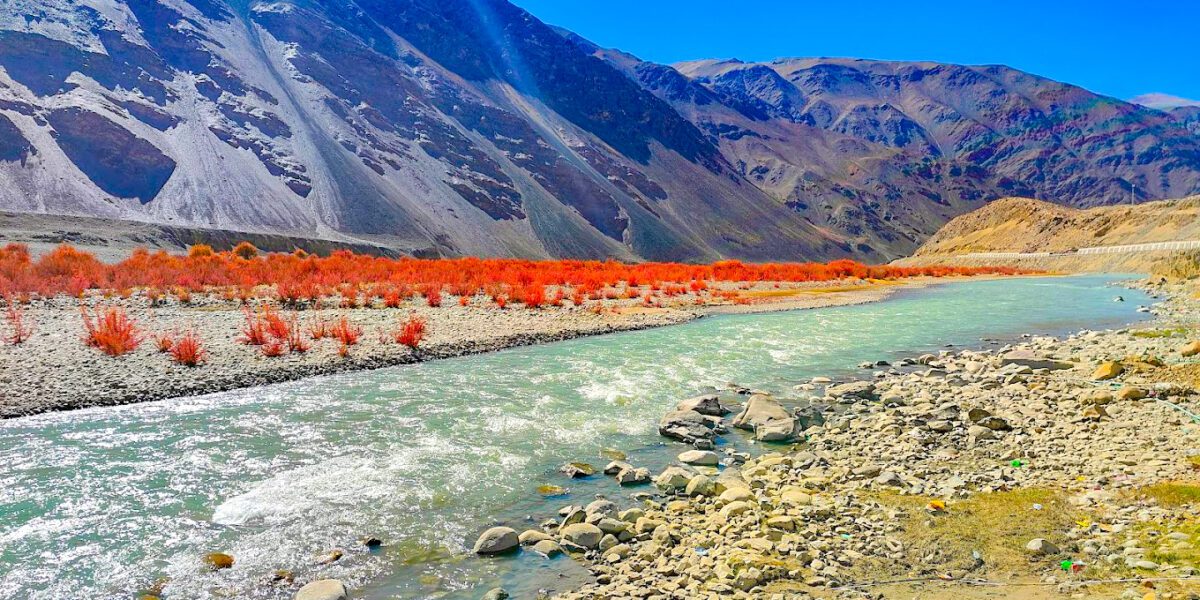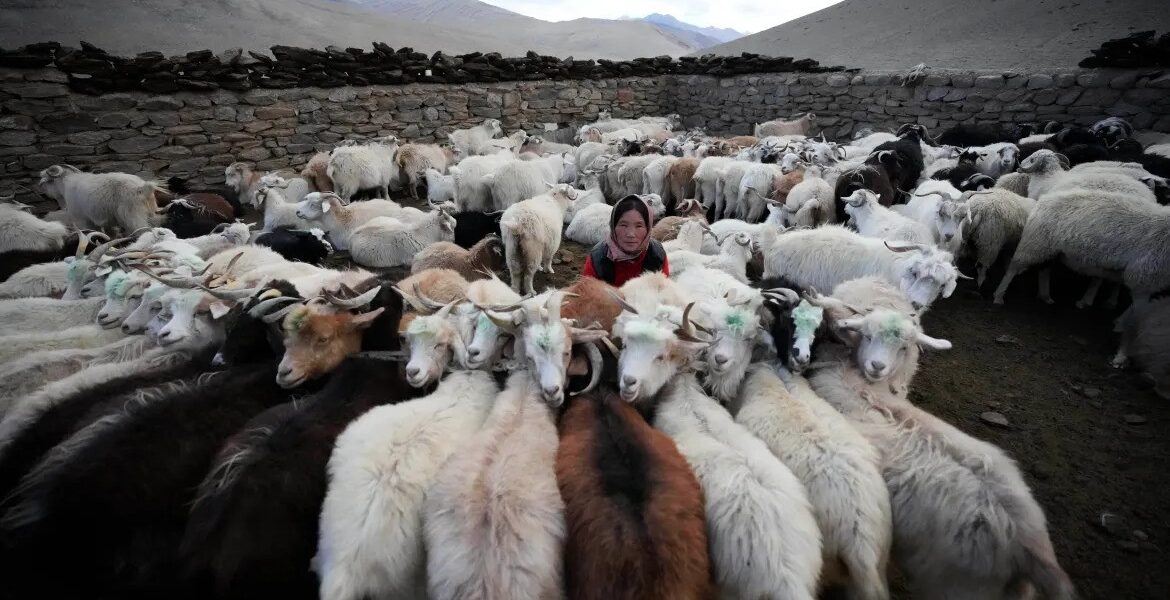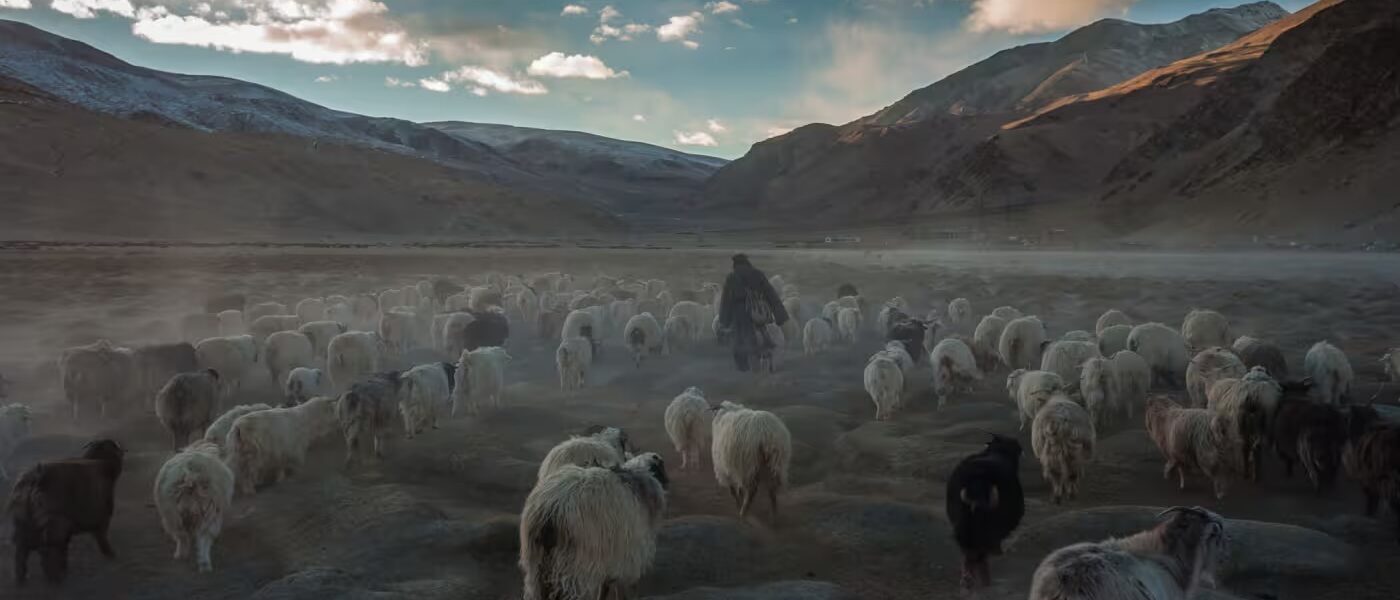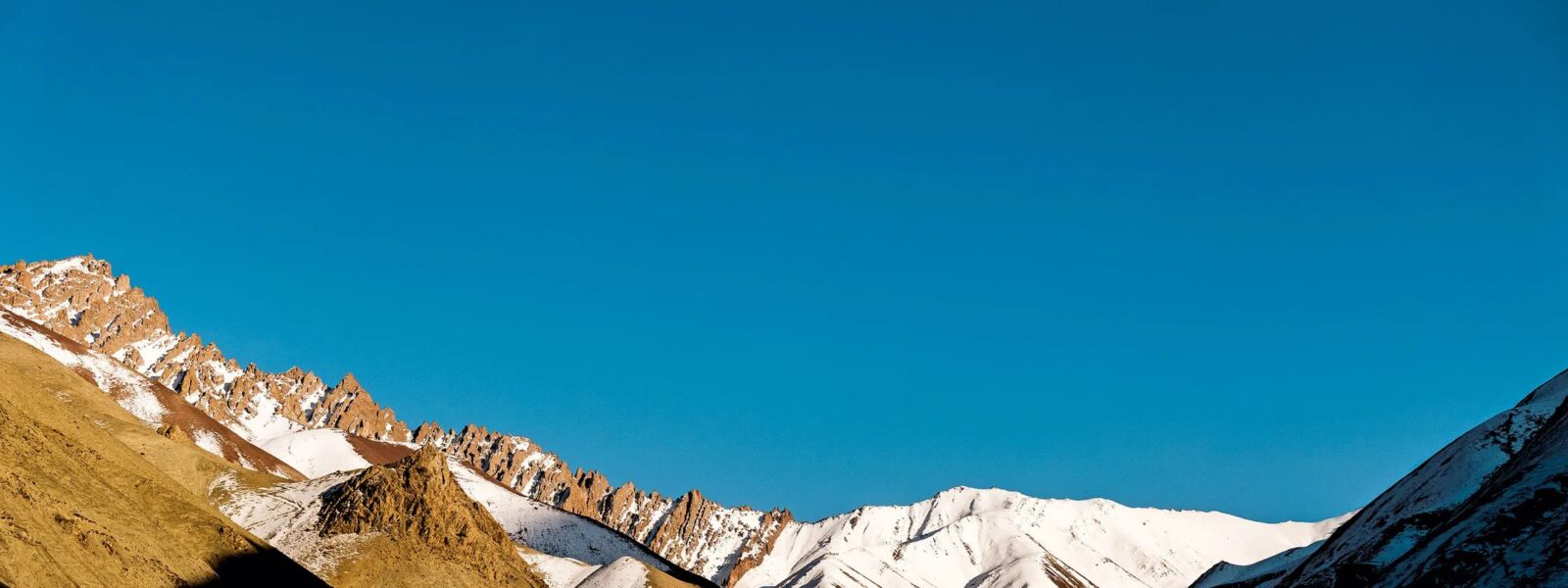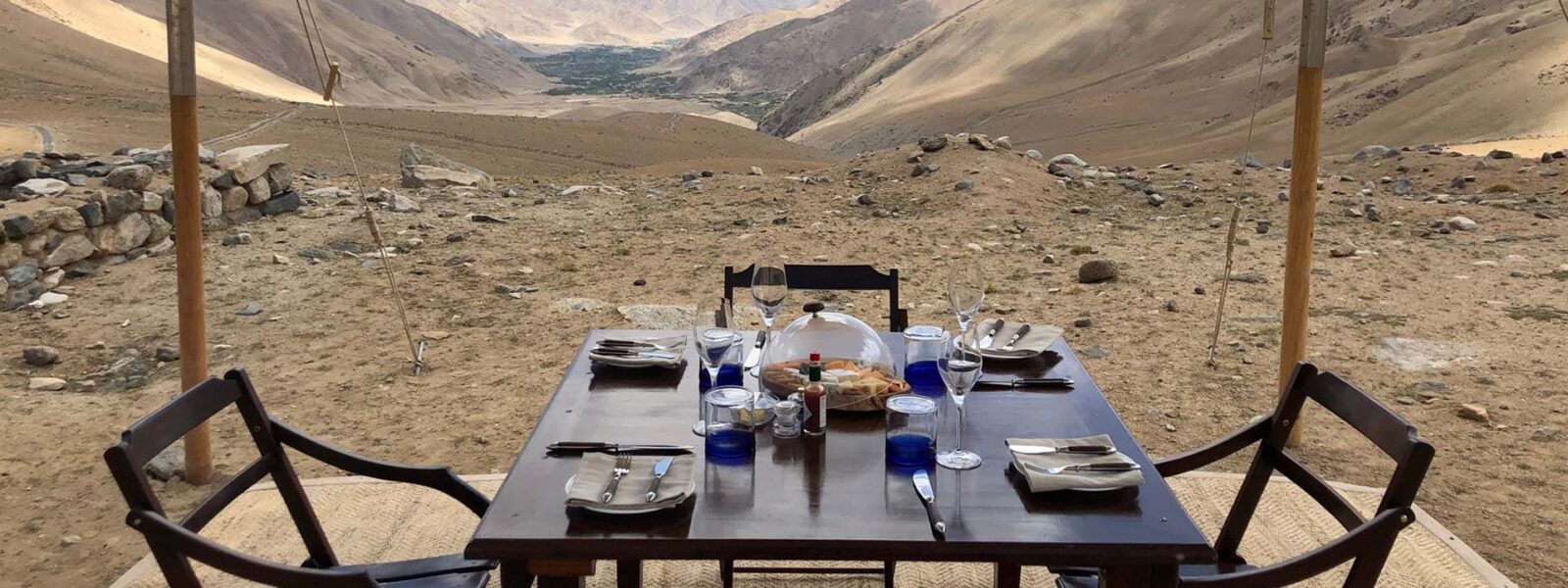Introduction – A First Glance at Ladakh’s Silent Promise
A Long Way from Utrecht to the Himalayas
The journey from the old cobbled streets of Utrecht to the raw, wind-chiselled landscapes of Ladakh is not just a change in geography—it’s a transformation in rhythm, in stillness, in scale. From the lush green bicycle lanes of the Netherlands to the high-altitude silence of northern India, I found myself suddenly surrounded by space—vast and breathing. The air here, thinner and sharper, carried more than just oxygen; it carried ancient memory, echoing through the valley walls.
Ladakh’s Landscape: A Stage Waiting for a Story
Unlike Patagonia’s endless steppes or Iceland’s volcanic fields, Ladakh speaks in hushed tones. Glacial streams whisper stories from the mountains. Prayer flags dance in the wind—not for spectacle, but for stillness. In a world obsessed with speed and metrics, Ladakh confronts you with its measured silence. Here, silence is not absence; it is presence.
As I stood beneath the harsh blue sky in Chiktan, I wondered: if Bhutan measures its progress in Gross National Happiness, could Ladakh perhaps measure its success in silence preserved per visitor? Could the future of tourism here be built not on quantity, but on quality—the depth of the experience, not the number of entries at the gate?
What This Column Is (And What It Isn’t)
This is not a travel guide. It will not list “Top 10 Things to Do in Leh” or tell you where to find the best Instagram view. Instead, this is a call to pause and think. Through the lens of three remarkable regions—Iceland, Patagonia, and Bhutan—I will explore how these landscapes have protected their souls while opening their doors. Each offers lessons, strategies, and warnings. And Ladakh, poised at a critical moment in its tourism evolution, must choose: to follow, to adapt, or to lead.
Throughout this column, you will encounter long-tail questions like: how can Ladakh benefit from sustainable tourism without losing its essence? What can we learn from Iceland’s mistakes in overexposure? From Bhutan’s sacred restraint? From Patagonia’s delicate balance? If you are a European traveller searching for meaning—not just mountains—you may find, as I did, that Ladakh’s silence speaks more loudly than any brochure ever could.
Why Now?
Ladakh stands on the edge. Overtourism looms in Leh; climate change already carves into glaciers. Meanwhile, global travellers are awakening to the consequences of their footprints. This moment—this fragile, hopeful pause—is when we must ask the harder questions. Because if Ladakh is to catch up with the world’s most admired models of sustainable tourism, it must do so not by replicating them, but by honouring its own landscape, its own pace, and its own silence.

Bhutan – Where Happiness Is a Tourism Policy
High-Value, Low-Volume: A Model of Cultural Survival
Bhutan doesn’t sell itself by the square kilometre, nor by the number of rooms booked per month. Instead, it places a value on presence—your presence. The Himalayan kingdom introduced the concept of High-Value, Low-Volume Tourism, ensuring that each visitor is not only welcomed, but also responsible. The daily tariff, once $250 per day, now adjusted to the “Sustainable Development Fee,” acts less as a deterrent and more as an invitation to travel intentionally.
In Europe, we often associate exclusivity with elitism. But Bhutan redefines it—here, it is about protection. Not of class, but of culture. Not of wealth, but of wellness. As I spoke with Bhutanese tour operators in Thimphu last year, I was struck by their language: not a single one mentioned “expanding capacity.” Instead, they spoke of preserving stories, minimizing pressure on sacred sites, and training local guides to be cultural stewards.
Tourism as a Cultural Guardian
Bhutan’s approach goes beyond sustainability; it is about resilience. Here, Gross National Happiness (GNH) isn’t just a quirky catchphrase—it’s the nation’s North Star. It shapes economic decisions, education, even tourism. Imagine a country where building another hotel must pass a happiness audit. Where a trekking route is reviewed not only for ecological impact but for whether it interrupts sacred meditation grounds. Where tourism growth is capped to ensure local well-being.
This isn’t utopia—it’s policy. And it works. Bhutan welcomed fewer than 315,000 tourists in 2019, a number far lower than Iceland’s 2 million or Peru’s 4.4 million. Yet its revenues per tourist were among the highest in Asia. Why? Because visitors come not to consume, but to connect. And because the Bhutanese people still own their rhythm, their forests, and their festivals.
The Question for Ladakh
As I wandered the cobbled alleys of Diskit Monastery in Nubra, I couldn’t help but imagine what a Ladakhi version of GNH might look like. Could it be Gross Local Stillness? Could homestay families be compensated for time spent in storytelling, not just square metres of room provided? Could a cap on motorbike permits during peak months offer not just cleaner air, but a deeper silence?
Ladakh does not need to replicate Bhutan, but it can listen. It can build a model that respects its own cultural DNA. The heart of the matter is this: Can Ladakh frame tourism as a guardian of culture rather than a consumer of it? Can it price not just the bed, but the blessing? In Bhutan, that transformation is already underway. For Ladakh, it begins with the courage to ask new questions.
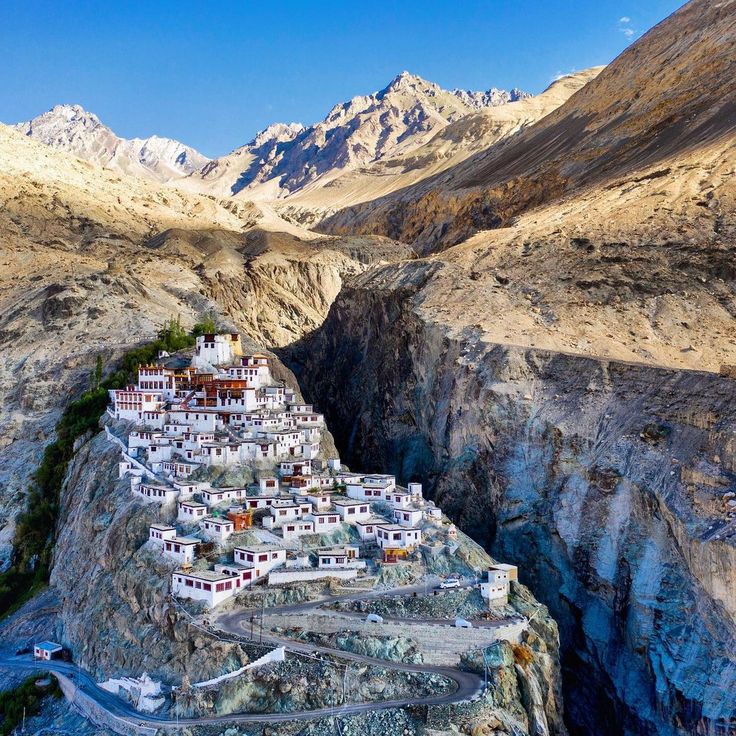
Patagonia – When the Wind Teaches You Restraint
Wilderness as a Brand: Managing the Infinite
In Patagonia, it is the wind that humbles you first. It strips you of noise, of distraction, even of direction. Standing alone on the steppe outside El Chaltén, with Fitz Roy emerging through cloud like an ancient sentinel, I felt not triumphant, but small—usefully small. This is a land where nature remains in command. And yet, the world comes knocking: hikers from Europe, birdwatchers from Japan, and climbers from North America all drawn to the promise of pristine wilderness.
The Chilean and Argentine governments, along with private foundations like Tompkins Conservation, have long grappled with the paradox of exposure versus preservation. Patagonia is a brand, yes—but one anchored in restraint. Park entry is often regulated. Trail signage educates not only about the route but about ecological fragility. There are limits on vehicles in Torres del Paine. Rangers close trails when condors nest. These are not inconveniences; they are values in practice.
The Fragility of Success
Success, if unmeasured, breeds erosion—not only of soil, but of purpose. In Patagonia, there is a rising anxiety that it could follow Iceland’s path: too many visitors, too fast, too concentrated. In places like El Calafate, infrastructure outpaces understanding. Hotels mushroom faster than wastewater systems can adapt. Here lies the warning Ladakh must hear clearly: if your landscape becomes the product, what protects the spirit within it?
Patagonia teaches through policy, but also through design. Routes are circular, not linear, reducing pressure on fragile areas. Campsites are zoned to minimize footprint. The marketing isn’t glossy—it’s reverent. A trek here is less about selfies and more about surrendering to scale.
What Ladakh Might Learn from the Southern Cone
Ladakh, like Patagonia, is a land of edges—climatic, cultural, ecological. But where Patagonia has learned to say “no” strategically, Ladakh still often says “yes” by default. Yes to more jeeps, yes to new camps, yes to bigger festivals. But what if saying “no” could mean saying “yes” to longevity?
A Ladakhi approach to visitor management could incorporate what Patagonia has pioneered: seasonal trail closures, limited permits in ecologically sensitive valleys like Tsokar or Hanle, and signage that goes beyond warning and begins to teach. Could Ladakh’s trekking circuits be redesigned for dispersal? Could local youth be trained not only as guides, but as guardians?
Europeans, in particular, respond well to this ethos. They seek authenticity, yes—but also transparency, ecological integrity, and humility in design. In Patagonia, these values are not aspirational—they are operational. For Ladakh, the lesson is not to become Patagonia, but to learn how less can lead to more—more preservation, more meaning, more future.
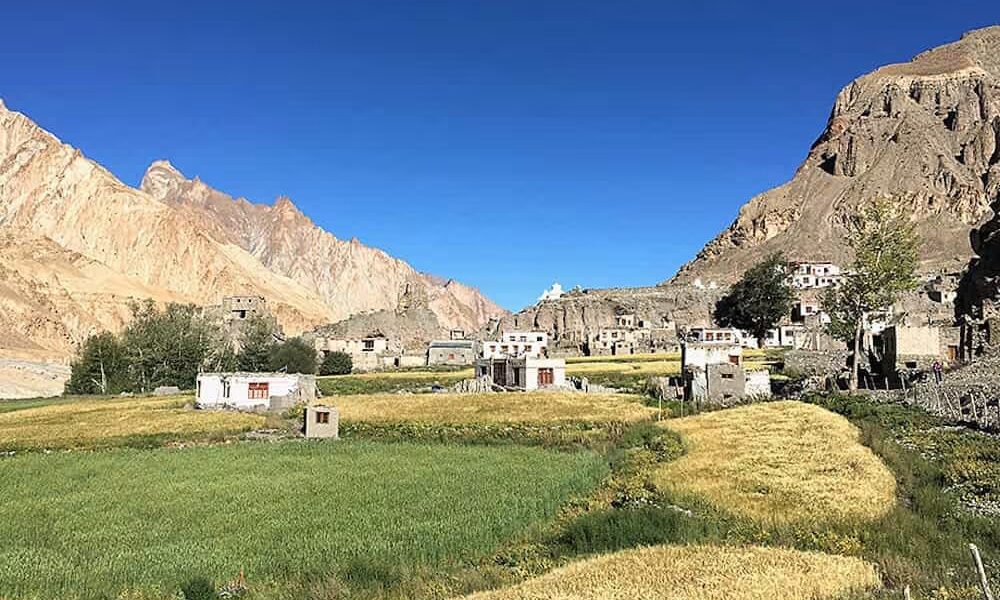
Iceland – From Hidden Secret to Overtourism Crisis
When Success Becomes a Warning Sign
There was a time, not long ago, when Iceland was a whispered secret. A land of lava and ice where you could drive for hours without seeing another soul. But secrets, when whispered too often, turn into noise. Between 2010 and 2019, Iceland’s annual visitor numbers surged from 500,000 to over 2 million—nearly six times the country’s population. Suddenly, silence had a queue. Waterfalls had turnstiles. Solitude had a schedule.
Iceland’s brand—raw nature, cinematic landscapes, geothermal mystique—was weaponized by marketing, Instagram, and airline stopover deals. And while tourism brought jobs and revenue, it also brought consequences. Roads buckled under camper vans. Fragile moss fields were trampled. In Þingvellir National Park, staff had to install ropes and fences to protect ancient lava beds. Reykjavík boomed, but small communities struggled with infrastructure overload. And perhaps most telling: the average length of stay dropped. People came to see, not to stay.
The Cost of Unchecked Visibility
Over tourism is not just about numbers—it’s about concentration, speed, and the erosion of intimacy. In Iceland, tourists flock to the same ten sites, all reachable in a single day’s drive. The famed Golden Circle became less a sacred loop and more a conveyor belt. And with this came something harder to quantify: the fading of magic. When too many eyes look at a place, it stops looking back.
Ladakh is at risk of the same trajectory. The rise of selfie tourism, motorbike expeditions, and quick-fix itineraries (Leh to Pangong to Nubra and back in three nights) mirror Iceland’s accelerated boom. Social media has placed Pangong Tso in the spotlight—but the lake, like Iceland’s moss, cannot regenerate on hashtags alone.
The Systems Iceland is Now Building
To its credit, Iceland is learning. In recent years, the government has implemented trail reinforcement programs, tourist taxes, and destination dispersal strategies. Small towns are being promoted over Reykjavík. The concept of slow travel is gaining traction. Visitors are being encouraged to stay longer, venture farther, and spend more meaningfully.
Educational signage now accompanies popular sites—not to entertain, but to enlighten. Carbon-neutral travel options are promoted, and tourists are reminded, in gentle Icelandic irony, that “nature is not a theme park”. These are not solutions—they are salvations.
What Ladakh Must Heed from Iceland’s Experience
Ladakh still has time. Its roads may be unpaved, its permits still regulated, its silence not yet broken. But the siren call of volume is strong. The lesson from Iceland is urgent and clear: visibility without management leads to erosion. If Ladakh dreams of becoming a sustainable tourism leader in the Himalayas, it must not just market its beauty—it must guard its soul.
This means decentralizing its attractions. Supporting lesser-known destinations like Sumda Chenmo or Ralakung. Promoting off-season travel. Training local communities in visitor management. And perhaps most critically, embedding ecological humility in every policy. Iceland’s scars can serve as Ladakh’s early warning system—if we choose to look.
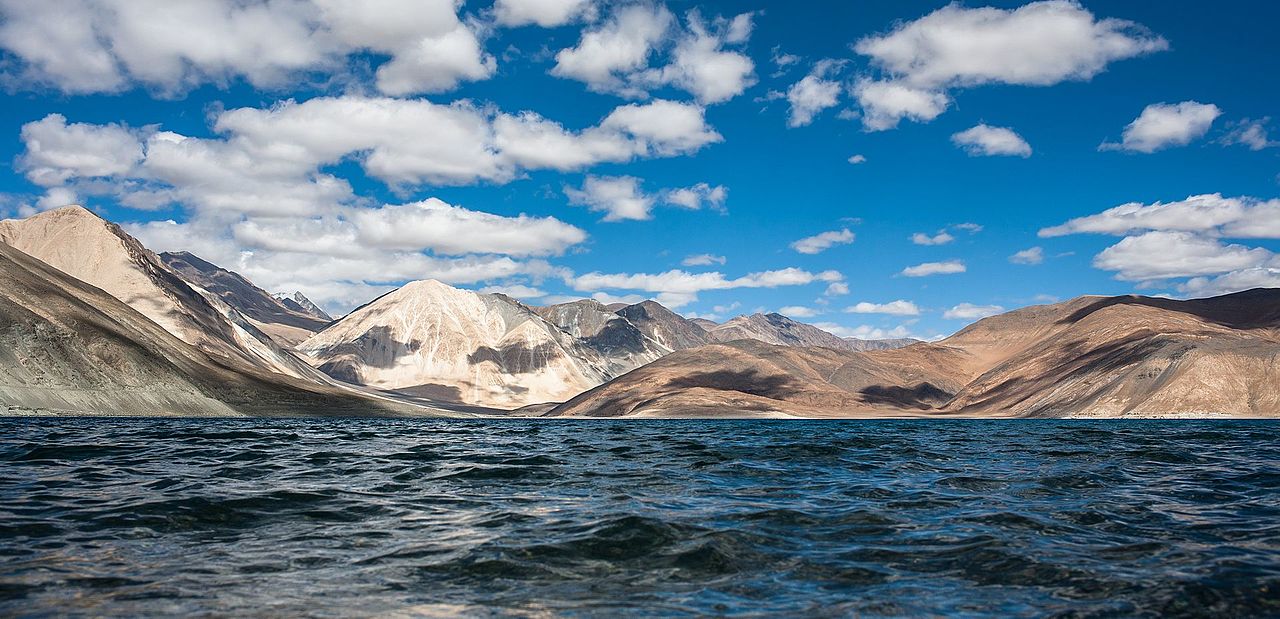
The Ladakh Equation – Silence, Survival, Sustainability
Community-Based Tourism as the Missing Variable
In the villages of Ladakh—where barley fields shimmer against the backdrop of thousand-year-old monasteries and sky-touching passes—there is a rhythm that predates tourism. That rhythm is not one of urgency, but of ritual. It is woven into butter lamps, morning chants, and yaks returning at dusk. Yet that rhythm is now being tested. As Ladakh opens further to the world, a question surfaces more often in the minds of elders, guides, and farmers alike: what does development mean, and who defines it?
Community-based tourism may well be Ladakh’s strongest answer to that question. Unlike top-down models, it offers locals a stake in the storytelling. A homestay in a remote hamlet like Garkone or Kukarchey is not just a bed—it is a doorway into a worldview. It is a chance to decentralize tourism benefits, reduce urban migration, and cultivate pride in heritage. Yet, many of these initiatives remain unsupported, or worse, overshadowed by louder, faster, and often less sustainable options.
Tourism Without a Soul Is Just Transit
Driving from Leh to Pangong Lake in one long day, snapping photos and heading back, is not tourism—it is transit. It moves money, yes, but it does not move hearts. It neither touches nor transforms. This style of consumption-based travel is precisely what the Iceland example warns against. But imagine if instead, travellers were guided to spend nights in Turtuk or Uley, to learn bread-making from a Ladakhi grandmother, or to hike with a local monk to a hidden cave temple near Sumda.
These experiences offer something no luxury resort can replicate: rootedness. And it is this sense of rootedness that may ultimately define whether Ladakh can become a leader in regenerative, culturally-sensitive tourism. Not through slogans, but through systems.
Building a Sustainable Tourism Framework for Ladakh
The time has come for Ladakh to articulate its own model—one that reflects its spiritual legacy, its environmental precarity, and its sociocultural resilience. This framework must include:
- Ecological zoning to limit construction in sensitive valleys such as Rumbak, Tsokar, and Zanskar.
- Mandatory visitor education at arrival points, similar to Bhutan’s cultural briefing model.
- Homestay certification systems to ensure quality and cultural integrity.
- Incentives for slow travel, such as discounts for longer stays or seasonal dispersal.
- Revenue-sharing mechanisms that channel profits directly to village development boards.
Europeans, especially those from the Netherlands, Germany, France, and Scandinavia, increasingly seek destinations that reflect their values: authenticity, sustainability, slowness, and ethics. They are not just looking for views—they are looking for meaning. Ladakh, if careful, can offer both. But only if it resists the temptation of rapid growth and instead embraces its inherent strength: its silence.
A New Metric: Stillness per Visitor
GDP, footfalls, occupancy rates—these are all common metrics of success. But Ladakh needs a new one. What if we measured tourism success by stillness per visitor? How much silence does a traveller leave intact? How much dignity does a community retain? How many stars still shine in the night sky above Hanle, unmarred by artificial light?
The Ladakh equation is not linear. It is circular, sacred, fragile. And within it lies the chance to do something few places on Earth have achieved: to grow by protecting, and to invite the world in without losing oneself. Whether it does so will depend not just on the policies of leaders, but on the quiet choices made by each of us—travelers, storytellers, and listeners.
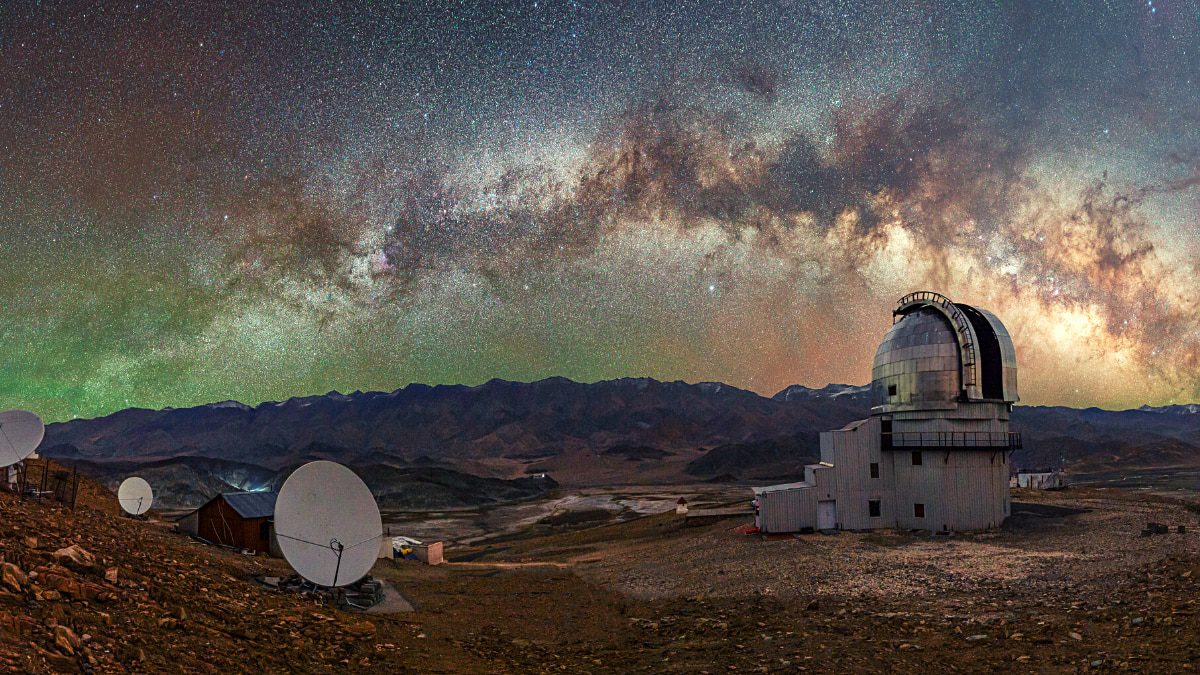
A Possible Future – What If Ladakh Measured Success in Silence?
From Visitor Numbers to “Silence Per Visitor” Metrics
Tourism tends to measure what’s easy to count—bed nights, arrival statistics, economic impact. But these metrics often fail to capture what truly matters in a place like Ladakh: intact silences, unbroken sky, undisturbed prayer. What if Ladakh led the world by redefining its measurement system? What if it created a model where growth was gauged not by how much noise it generated, but by how much stillness it preserved?
This is not a fantasy. Already, Bhutan has enshrined Gross National Happiness. New Zealand is piloting wellbeing budgets. Why not Ladakh? Imagine a system where:
- Each visitor receives a digital “silence footprint” score based on travel choices—slow travel earns more, helicopter rides less.
- Communities are rewarded not just for tourist volume, but for preserving cultural rituals, clean rivers, and quiet zones.
- Tour operators are ranked by the depth of immersion, not the height of speed.
These ideas may sound idealistic, but so did electric cars once. So did community-owned wind farms in Denmark. The future doesn’t arrive all at once—it is planted in the choices we make today.
The Architecture of Regenerative Travel
To support such a shift, Ladakh will need new tourism infrastructure—not more hotels, but better questions. Infrastructure that fosters intimacy instead of intrusion. Here are three examples:
- Listening Stations: Small meditation huts along trekking routes where travellers are invited to sit in silence and record their reflections.
- Local Time Banks: Systems where visitors “pay” by giving hours to farming, cooking, or storytelling in exchange for stay and food.
- Digital Reflection Passes: Each visitor writes a note at the end of their journey, not about what they did, but what they felt. These are published publicly as a record of impact, not footprint.
None of these require billion-dollar investments. They require imagination, trust, and the courage to do things differently.
The Role of the European Traveller
This new tourism paradigm cannot be built by Ladakhis alone. European travellers—especially those from Germany, the Netherlands, Scandinavia, and France—have long sought deeper meaning in their journeys. Many are already choosing regenerative travel, climate-conscious routes, and culture over convenience. For them, Ladakh could be not just a destination, but a model.
But that will depend on how we behave. Will we choose to stay longer, travel slower, listen deeper? Will we support businesses that prioritise local employment and ecological balance? Will we measure our journey not in kilometres or selfies, but in conversations and silences?
In a world exhausted by noise—political, digital, environmental—Ladakh offers something rare and essential: the opportunity to tune back in. Not to a device, but to a valley. A ritual. A moment of wind across a prayer flag. If we are wise, we will not rush through it. We will walk gently, speak softly, and leave lighter.
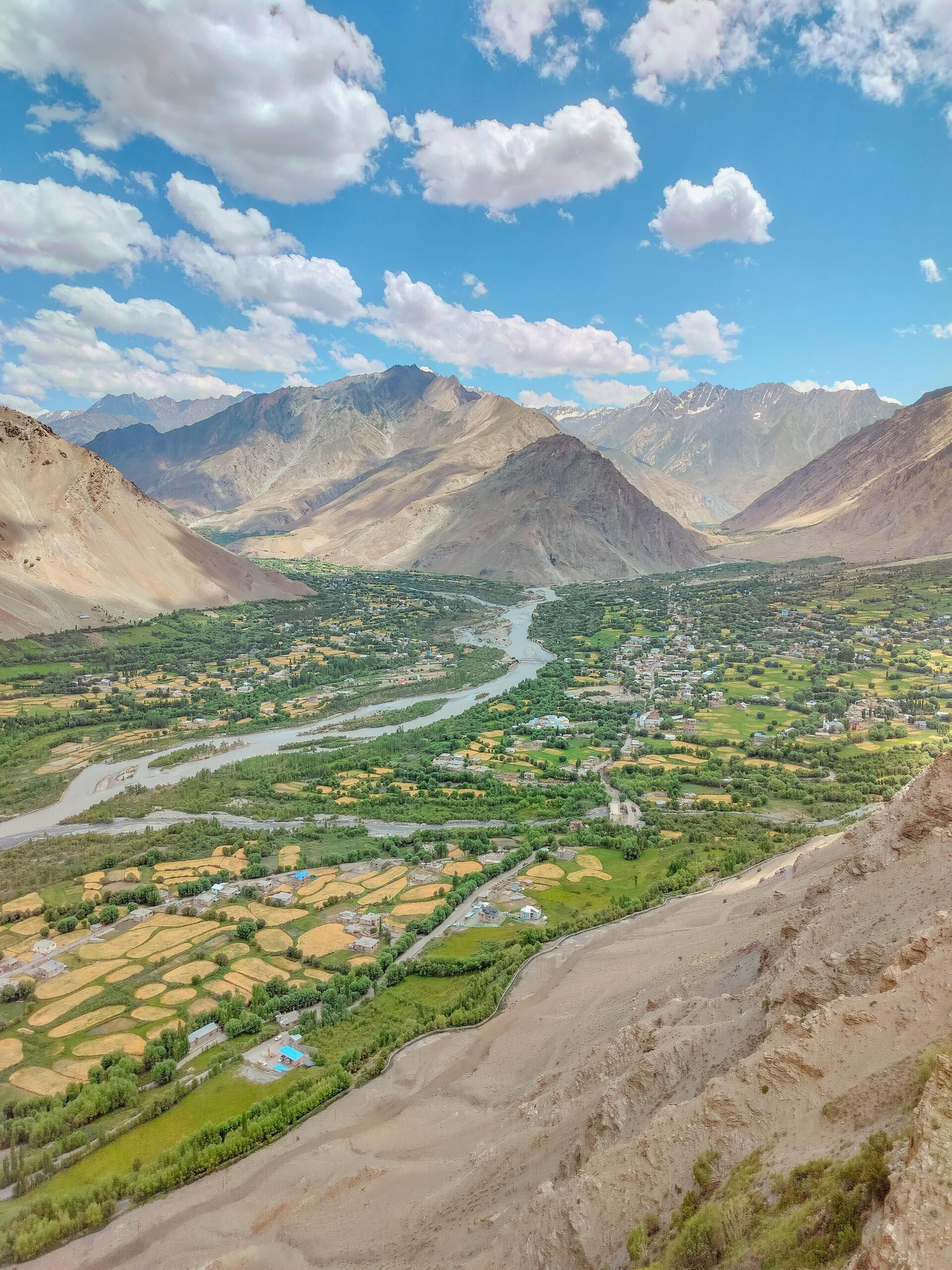
Conclusion – The Thin Air of Hope
The Edge of the Map, and the Beginning of a Model
Ladakh exists at an altitude where thought slows, breath deepens, and the trivial falls away. Here, on the edge of maps and expectations, lies the potential to rethink not just tourism, but our very relationship with place. In the icy shadows of Kang Yatse, in the dry winds of Zanskar, in the silence of Chiktan, a new story is waiting to be written. Not of growth measured in square footage, but of preservation measured in stillness.
The lessons from Iceland, Bhutan, and Patagonia converge here—not as strict blueprints, but as fragments of wisdom. Bhutan shows us how to protect joy. Patagonia shows us how to say no with grace. Iceland warns us of visibility without vigilance. And Ladakh? Ladakh has the chance to lead—not by outpacing, but by outlasting.
An Invitation to Pause
To every European traveller reading this: your passport stamps are not just proof of movement—they are reflections of intent. When you come to Ladakh, come not to conquer peaks, but to sit beside rivers. Come not to collect images, but to exchange silences. Choose treks that support local porters. Choose homestays over hotels. Choose conversations over itineraries. Your choices will shape the future here.
This isn’t about guilt—it’s about power. We, as travellers, have the power to redefine demand. And if the demand is for depth, dignity, and deceleration, the supply will follow. Imagine an economy of slowness. A tourism model where fewer steps mean deeper footprints. A region that becomes not a spectacle, but a sanctuary.
The Hope that Breathes in Thin Air
Hope in Ladakh is not loud. It lives in a grandmother teaching apricot jam recipes to a visitor. It hums in the solar panel powering a tiny classroom in Turtuk. It flows with a yak caravan moving across a snow pass as it has for centuries. It is fragile, yes—but like all things born in altitude, it is also strong.
If Ladakh is to catch up with the world’s best tourism models, it must remember what they forgot: that beauty doesn’t need amplification, only protection. The future here depends on how gently we walk. And perhaps, if we walk gently enough, we will not just protect this land—we will be changed by it.
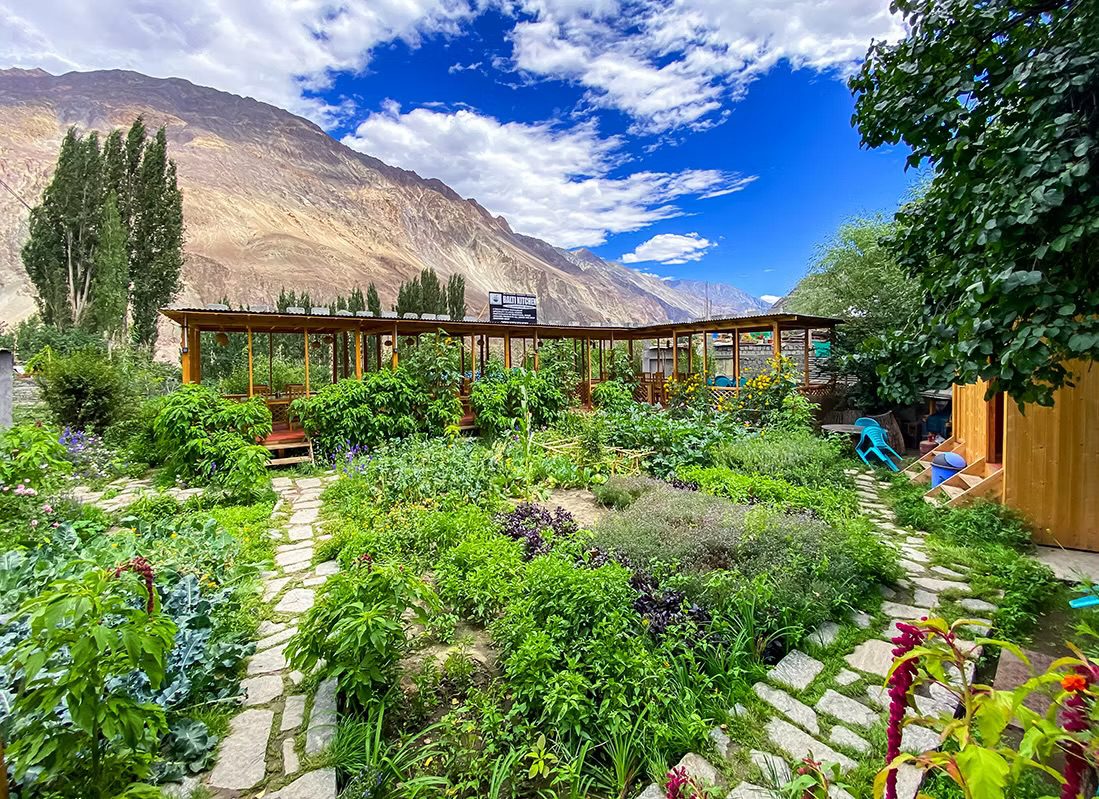
About the Author: Isla Van Doren
Originally from Utrecht, the Netherlands, Isla Van Doren is a regenerative tourism consultant based in the outskirts of Cusco, Peru.
At age 35, she brings over a decade of global field experience in sustainable travel and community-led development, having worked across Bhutan, Chilean Patagonia, and New Zealand.
Her writing blends academic insight with emotional resonance, weaving together data, lived experience, and landscape. Known for her analytical yet poetic narrative voice, Isla draws readers in with questions that linger beyond the page.
A first-time visitor to Ladakh, she approaches the region with the curiosity of an outsider and the humility of a student. Her comparisons are grounded, nuanced, and often provocative—
such as her reflection: “Bhutan measures its success in Gross National Happiness. What if Ladakh measured its tourism in silence preserved per visitor?”
Isla’s work has been featured in sustainability journals, global tourism symposiums, and climate-conscious travel platforms. She believes the future of travel lies not in how far we go—but in how deeply we listen.

